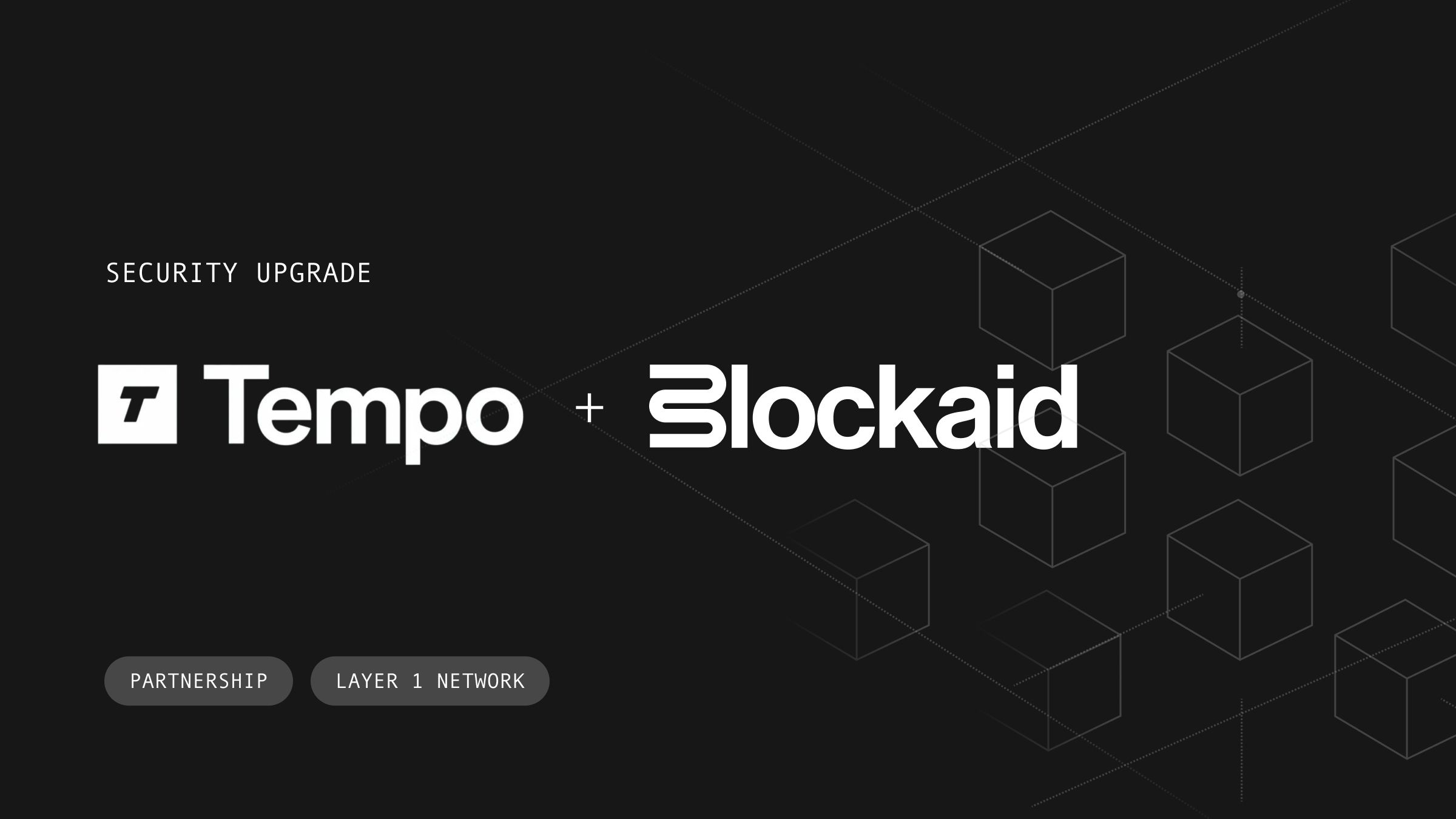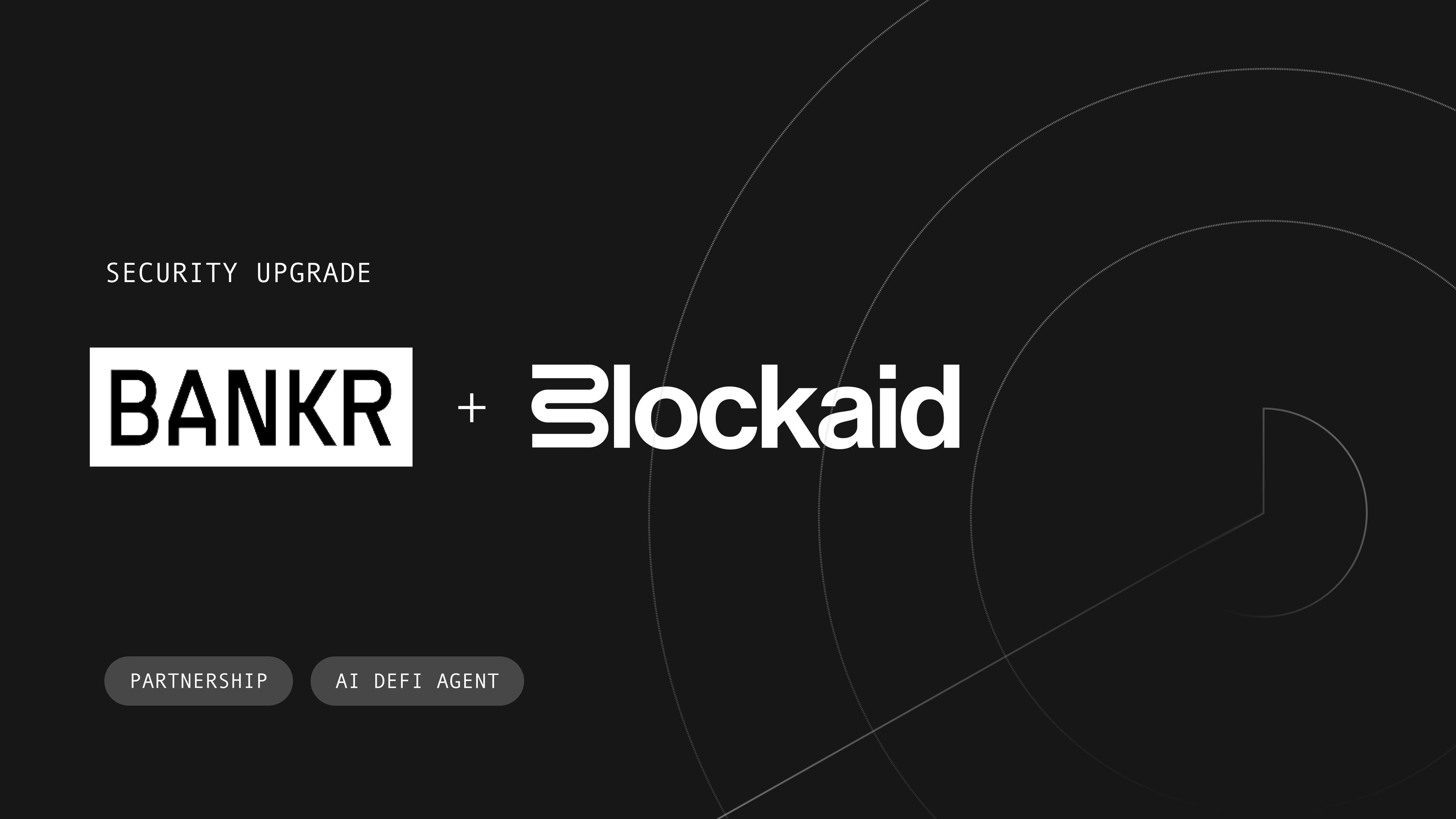Crypto investors need better tools for DeFi-native risk mitigation

Institutional demand for digital asset yield has gone mainstream. Yield is no longer passive.
Institutional capital now pours into staking, lending, and composable DeFi strategies where even modest gains matter at scale.
But with every new layer of yield comes an exponential rise in risk: exploits, drainers, and anomalies that can erase returns overnight. To make DeFi yield sustainable, asset managers must adopt DeFi-native risk practices that match the speed, openness, and complexity of the ecosystem.
DeFi investing brings unique exposures that need to be managed
DeFi risks are both event-based and interdependent. Threat actors may directly target the protocols you invest in, potentially leading to capital losses and theft. Or, critical onchain infrastructure may be manipulated, rapidly cascading risk across assets due to the dependencies and programmatic governance inherent in DeFi.
Some examples are:
- Protocol exploits. Smart contract bugs, logic flaws, or malicious proxy upgrades can drain or freeze capital in a protocol you’ve allocated capital to.
- Governance failures. Outdated keys, rushed votes, flash loan attacks, or insider compromise can rewrite rules overnight.
- Contagion through composability. Borrow-and-restake loops or cross-protocol dependencies mean one failure can cause liquidations elsewhere.
- Oracle manipulation. Mispricing inside a single protocol can trigger liquidation events or destabilize reserves.
- Regulatory shifts. New frameworks for stablecoins, staking, or custody can alter the viability of entire strategies.
Seeing your exposure to these risks in real-time is just the start. Planning, building, and implementing programmatic risk responses must become commonplace to generate sustainable yield.
Operational risks should not be overlooked
While onchain exploits and downstream contagions are commonly considered, most catastrophic losses don’t stem from black swan events — they arise from avoidable execution mistakes that demand a solution.
- Transaction signing opacity: Knowing the true onchain outcome of a proposed transaction is already difficult. The additional complexity of managing numerous wallets and signers magnifies the chances of signing errors or frontend attack.
- Access control weaknesses: A single compromised private key or misconfigured role in your transaction approval flow jeopardizes millions under management.
- Operational timing: A missed restaking cycle, vesting event, or redemption window reduces yield or locks up capital unnecessarily.
- Visibility gaps: Multiple chains, wallets, bridges and dependencies make it difficult maintain real-time visibility and control over positions and their evolving risks.
Static controls and tooling - including your MPC whitelist - are insufficient. Firms must apply “zero trust” practices to their wallets, private key signing and compliance requirements. Never trusting, always verifying each and every onchain interaction.
Why TradFi risk management practices fall short in DeFi
Traditional risk mitigations weren’t designed for the speed and composability of DeFi. What feels safe in TradFi often leaves you exposed in crypto:
- Diversification ≠ risk mitigation. In TradFi investing, spreading risk works because shocks are typically isolated to individual assets or industries. In DeFi, composability creates dependencies between components. A “diversified” portfolio can unravel from an upstream attack or failure.
- Audits ≠ safety. In TradFi, audits are point-in-time reviews. In DeFi, protocols are upgrade constantly and governance changes can occur overnight, making last week’s audit obsolete.
- Operational discipline ≠ programmable security. In TradFi investing, approvals are a compliance feature. In DeFi, speed is survival — manual sign-offs don’t scale, and blind-signing creeps back in.
The lesson: TradFi risk management practices are static solutions for an occasionally volatile world. DeFi demands programmable, zero-trust safeguards purpose-built for an ecosystem that is dynamic, interconnected, and permissionless.
Adding an operational security layer to protect your crypto allocation
In DeFi, you can’t eliminate investment risk completely — but you can control how your own operations interact with it. This requires two things: zero-trust transaction governance and real-time asset visibility. Blockaid provides both.
Cosigner: Blockaid’s zero-trust transaction governance solution
Cosigner reduces operational risk by automatically simulating and validating transactions for non-compliant or malicious activity. It independently prevents malicious transactions from taking place, even if “known” parties or counterparties are involved.
- Transaction safeguards: Staking, rebalancing, and redemptions are simulated and validated against policy rules to block unauthorized or anomalous transfers.
- Governance controls: Granular approval rule checks guarantee no single operator can compromise client funds.
- Execution integrity: Cosigner intercepts frontend attacks and private key loss, enforcing consistency across multiple wallets and chains.
Asset Monitoring: Blockaid’s visibility, detection and response platform
Monitoring delivers an exceptional experience for observing all assets and dependencies through a single pane of glass. Using out-of-the-box detection rules and user-defined metrics, firms can gain visibility into their unique DeFi risks and take action to mitigate losses or address anomalies:
- Exploit & anomaly detection: Detect protocol hacks, liquidity drains, or unusual wallet activity in real time.
- Cross-chain visibility: Track price changes, liquidity moves, and position health across all networks
- Counterparty & compliance alerts: Identify the presence of sanctioned or toxic addresses and governance proposals that could compromise allocations.
- Identity protection: Spot doxxing attempts, address tracking, or metadata leaks that threaten operational anonymity.
Make security the backbone of your investment strategy
Treasury yield strategies are no longer optional—they’re table stakes for institutional crypto. But just as traditional finance relies on robust middle- and back-office infrastructure, digital asset treasuries require operational security practices and tools to keep positions safe, dynamically managed, and healthy.
By adopting one or more of Blockaid’s operational security products, institutions can confidently capture returns while preserving the trust and integrity their clients demand.
Blockaid is securing the biggest companies operating onchain
Get in touch to learn how Blockaid helps teams secure their infrastructure, operations, and users.




